Revenue. Retention. Relevance. All outcomes that content marketing can and should deliver. But without a reliable way to measure ROI, understanding the real impact of your efforts is a guessing game. Are your blog posts attracting the right leads? Is your video content driving conversions? And how much is your strategy actually moving the needle on revenue and retention?
Without answers to these questions, your content program risks operating in the dark, making it challenging to justify budgets, refine tactics, and grow with purpose.
Measuring content ROI connects your creative work to concrete results, giving clarity on what drives engagement, leads, and customer loyalty. This guide offers the tools and steps you need to capture that value, showing where content contributes, where improvements can be made, and how your strategy directly impacts the bottom line.
Why measuring content marketing ROI matters
Effective ROI measurement brings content goals into focus. You’ll see which pieces hit, which flop, and—most importantly—how your content stacks up to real business goals. Here’s why this matters.
1. Quantifiable value validates marketing spend
Tracking ROI shows how content directly drives value: leads acquired, conversions assisted, and revenue generated. These metrics put your marketing efforts into a measurable context, which is crucial for executives and stakeholders. With ROI data in hand, it’s easier to make a case for bigger budgets by proving content’s cumulative, compounding value over time.
Consistently tracking and measuring pinpoint where to best use resources, reducing waste on low-impact content. This approach makes ROI a guide for investing in content that shows measurable returns and actively supports business growth.
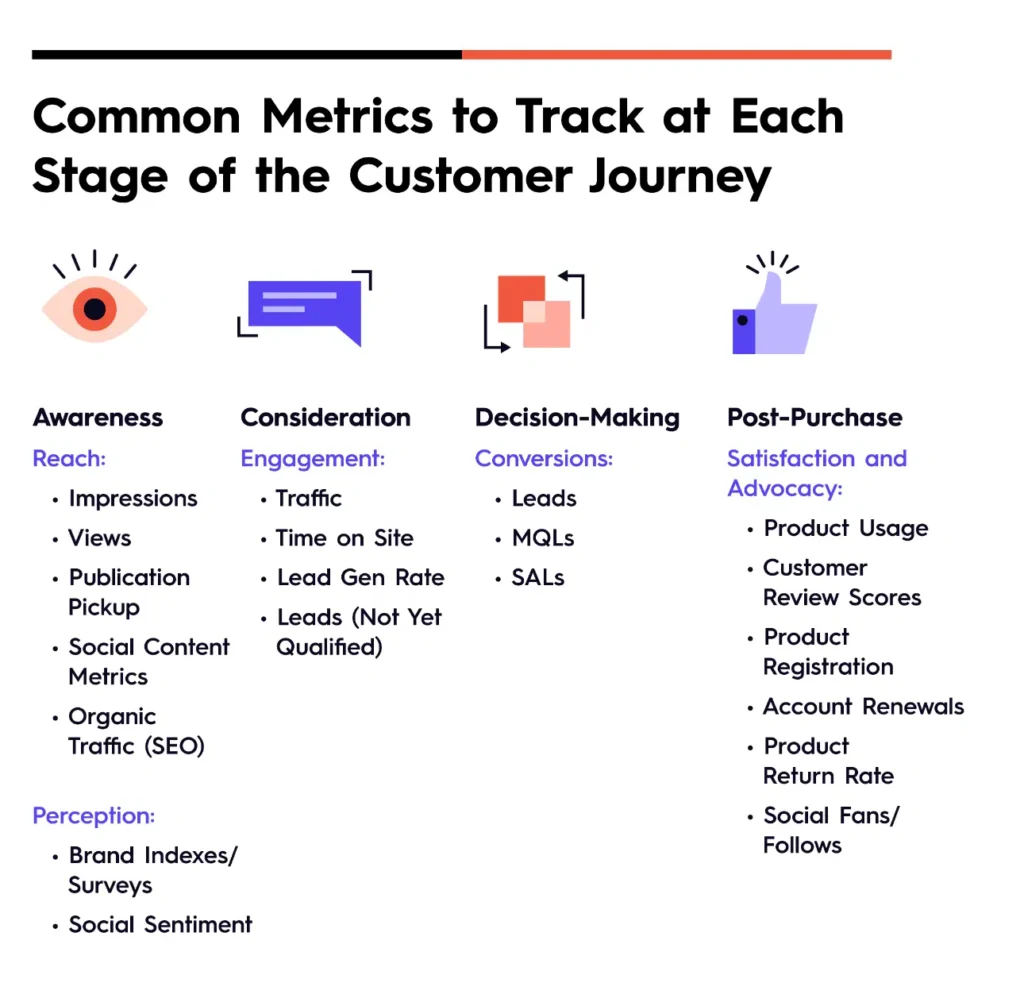
2. Sharper insights create a focused content strategy
Using ROI data to refine your content strategy means you’re optimizing based on what truly works. Analyzing formats like blog posts, videos, and infographics lets you zero in on what resonates with your audience and aligns with their needs.
Tracking topic performance allows you to prioritize themes that attract engagement, drive leads, and convert prospects. And when channel-specific ROI, whether on the web, email, paid media, or social, is clear, you’ll know exactly where to focus. Every piece serves a purpose, creating a strategy that consistently delivers high-impact results.
3. Performance tracking links content to business goals
Mapping content metrics to business objectives makes it clear where content adds value. If customer retention is a priority, track how engagement links to metrics like customer lifetime value.
Content isn’t just about marketing. It can also support sales enablement and reduce customer service inquiries. Dashboards that connect content performance to business goals give decision-makers a clear view of impact. Predictive modeling goes further, using historical data to forecast trends, which keeps your content strategy aligned with future business needs.
4. Testing and optimization drive continuous improvement
A solid content program doesn’t stand still. Testing key elements like headlines, calls-to-action, and content formats while tracking their ROI keeps your strategy adaptable and relevant. Regular feedback loops with sales and customer service teams provide a real-time read on what resonates with audiences, keeping you agile and responsive.
This ongoing refinement is what keeps content fresh and relevant. Consistent testing and adjustments build a content strategy that connects better with your audience and grows in effectiveness over time.
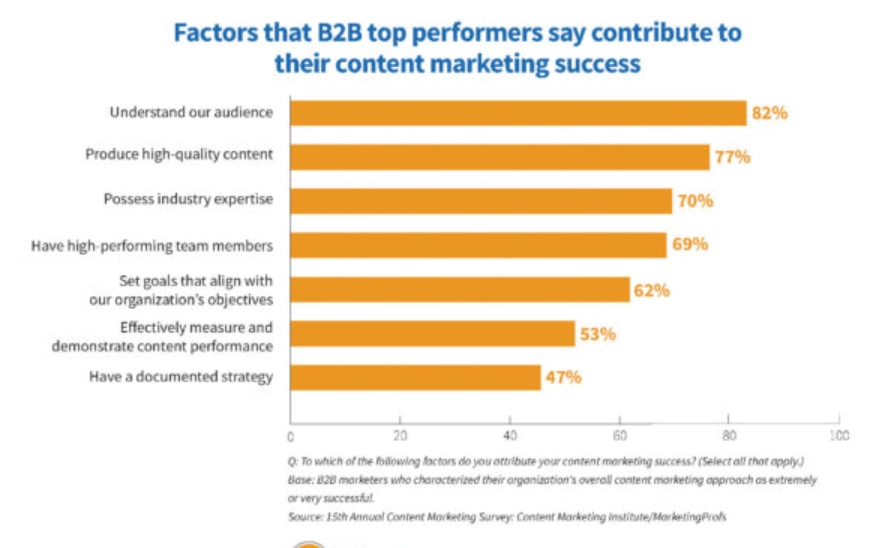
Common challenges in measuring content marketing ROI
Any content marketer with their salt knows that ROI tracking is rarely straightforward. Complex customer journeys, long B2B sales cycles, delayed effects, and tech challenges all stand in the way of clean metrics. Here’s what often complicates ROI and how to stay on top of it.
Long B2B sales cycles involve multiple stakeholders
In B2B, a single sale doesn’t happen overnight and rarely involves just one person. Different decision-makers, such as technical experts, financial officers, and operations leads, all bring unique perspectives and priorities. Crafting content for each role creates a layered engagement strategy that speaks directly to their specific needs.
Persona-specific content journeys make tracking engagement by role straightforward, giving clear insights into what resonates most with each type of stakeholder. With a better understanding of each role’s influence, you can tailor your content to keep all stakeholders engaged throughout long, complex sales cycles, ensuring it guides them toward a confident decision.
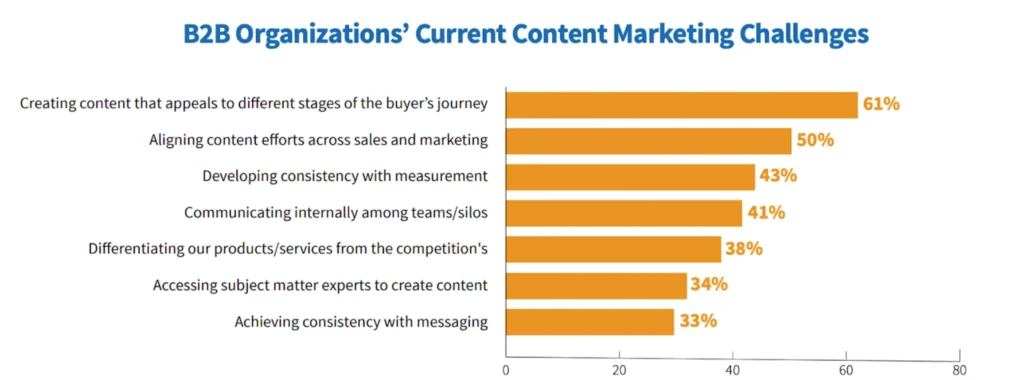
Delayed impact challenges short-term ROI measurement
Not all content sparks instant action. Some pieces, like whitepapers, guides, and how-to videos, take their sweet time, nudging decisions long after the fact. This delay can hide the real impact of content, especially when technology limits data access or creates silos.
Addressing issues like data hygiene and integration between tools helps capture the long-term value of content more accurately. With cleaner, connected data, you gain insights into how different types of content contribute over extended periods, giving you a clearer picture of ROI over time.
Data silos block cross-functional insights
Disconnected tools like marketing automation platforms, CRMs, and analytics systems can turn tracking performance into a game of hide-and-seek. When these systems don’t talk to each other, crucial metrics go missing, making it hard to get a complete view of content effectiveness.
A centralized dashboard that pulls data from multiple sources brings transparency and keeps everyone on the same page. Look for tools with strong API integrations or middleware solutions like Zapier to keep data flowing. When marketing, sales, and customer service finally share metrics, you get the ROI insights needed for truly smart content decisions.
Practical steps for measuring content marketing ROI
Content marketing ROI highlights where your work makes a difference. When each step brings measurable insights, you can make data-backed decisions that drive results. These steps will guide you in refining strategy, streamlining tracking, and aligning budget choices with what matters most.
1. Define business-aligned goals
Setting clear goals is the first step toward effective ROI measurement. Tie your objectives directly to company priorities, whether it’s generating leads, boosting revenue, or increasing customer retention. Clear goals shape every step that follows, creating a content strategy that’s both results-focused and measurable.
2. Align metrics with business objectives
Once goals are in place, it’s time to get specific. Choose metrics that tie directly to those objectives. For example, if you’re aiming to grow revenue, track conversion rates and the average deal size influenced by your content. Want to expand market share? Monitor share of voice and branded search volume. And for retention, focus on engagement rates and customer renewal. Aligning metrics with business goals means every piece of content drives measurable impact in areas that matter most.
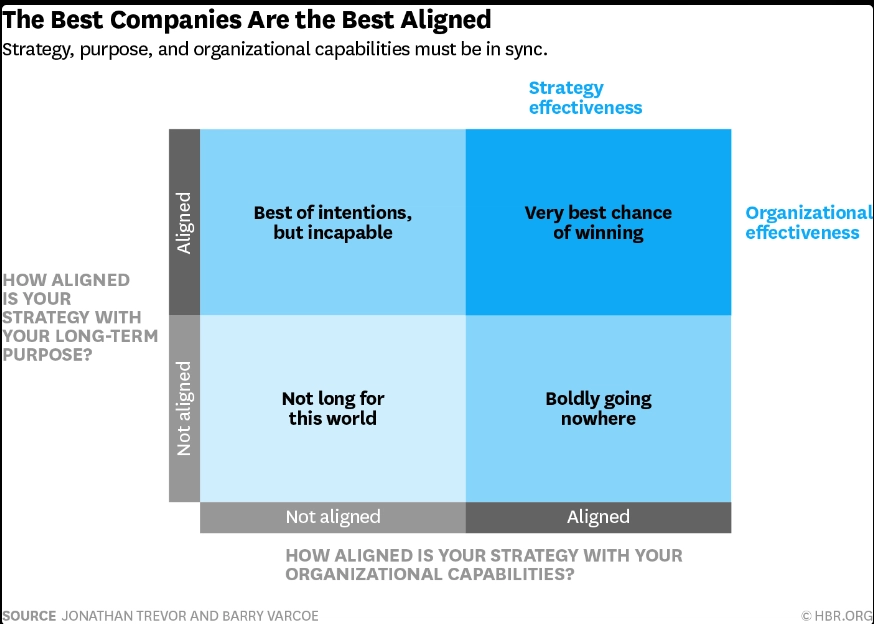
3. Prioritize actionable metrics
Not every metric is worth your time. Prioritize those that shape your content strategy. Look at topic performance to see which themes drive engagement, leads, and conversions. Track format effectiveness by analyzing conversion rates across content types to refine your mix. And measure channel ROI to determine which platforms produce the best results, focusing on those that yield high engagement and conversion.
With actionable metrics, you gain clarity on what works best, and avoid spending time on data that doesn’t drive decisions.
4. Consider resource availability
Be realistic about your team’s capacity and the tools you have. Choose metrics that offer the most value relative to the time and effort needed to track and analyze them. Smaller teams should focus on high-impact metrics, while larger teams can handle a broader range without stretching resources too thin. Matching metrics with resources keeps tracking consistent and leads to better, more reliable insights.
5. Standardize tracking processes
A standardized process keeps ROI tracking accurate and efficient. Use UTM codes and automated reporting to capture data across all channels. With clear, standardized tracking procedures, everyone stays on the same page without the usual ‘where’s that data?’ scramble. Standardization makes the process much smoother, giving your team more time to focus on strategy instead of wrestling with setup headaches.
6. Implement multi-touch attribution
Customer journeys rarely follow a straight line. Users bounce between blog posts, social media updates, email newsletters, and landing pages before converting. Multi-touch attribution captures these moments, giving you a full view of how content works together to drive action.
This model distributes credit across touchpoints, showing the role each piece plays in the journey. Based on real engagement, you can adjust your strategy. With multi-touch attribution, you see the entire picture of your content’s impact.
7. Build cross-team collaboration
When it comes to smarter ROI tracking, sales should be your new best friend. Sales insights add the on-the-ground context that helps your content connect with real customer challenges. Regular check-ins with sales keep you up-to-date on the latest customer questions, competitor moves, and fresh content opportunities that speak directly to buyer needs.
With shared CRM and UTM tracking, both teams access the same metrics, offering a full picture of performance and ensuring every piece of content pulls its weight in the buyer’s journey.
8. Use predictive analytics to refine content strategy
Predictive analytics is like having a sneak peek at what will work. By analyzing past data, it highlights which topics, formats, and timing consistently deliver engagement, keeping you ahead by aligning content with emerging audience needs. With forecasts spotlighting high-performing content, each effort can make an impact.
Predictive insights also help you fine-tune every detail: spot top-converting topics, pick the best timing and channels, and even customize recommendations. These insights keep your strategy flexible and data-driven, ensuring your content hits the mark.
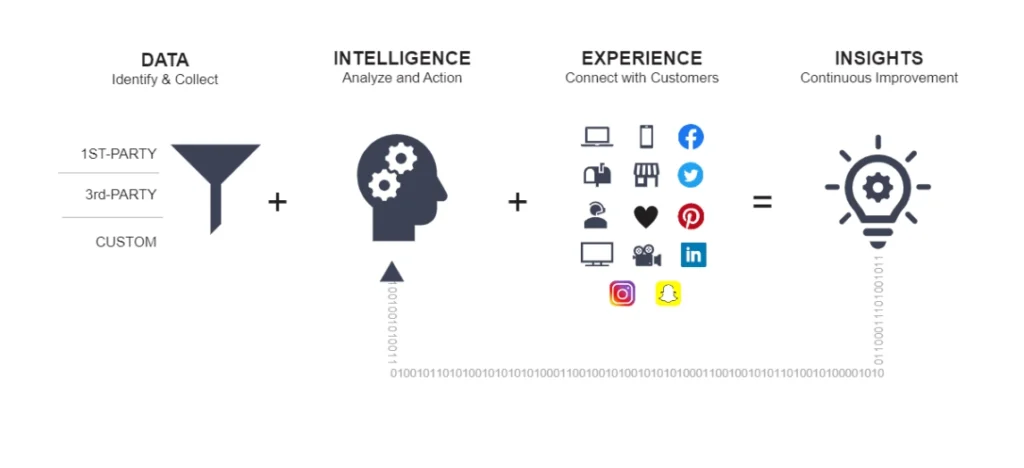
9. Refine metrics continuously
Just like business goals, your metrics need a refresh now and then. As priorities shift and market trends evolve, regularly reviewing and tweaking your metrics align them with current objectives. This adaptability keeps your strategy on point, ensures your metrics stay impactful, and sets up your content program for consistent growth.
Plus, a fresh look at your metrics can reveal unexpected wins and areas for improvement, helping you stay one step ahead and make data-driven decisions that hit the mark.
FAQs
Measuring ROI clarifies content’s impact on business goals, like revenue, lead generation, and customer retention. It helps justify budgets, prioritize high-performing content, and reduce resource waste by focusing on what resonates most with your audience.
Predictive analytics uses trends and past data to project content performance, guiding resource allocation and refining your strategy. This approach enables better goal-setting, budget planning, and content personalization, ultimately improving engagement and conversions.
Start with key business goals, such as growing market share or increasing retention. Track metrics like branded search volume, conversion rates, and content engagement for each objective. These metrics tie directly to outcomes, focusing efforts on impactful areas.
Sales insights on customer pain points and competitive comparisons shape relevant, high-impact content. Using shared CRM data, both teams see content’s journey from engagement to closed deals, creating a unified view of ROI and supporting smarter strategies.
Set your content up for real results
High-impact content connects, informs, and drives growth. With clear, measurable goals, each piece moves beyond just being published to becoming something truly valuable.
Take it one step at a time. track, measure, refine, and build. An effective content approach is a two-for-one deal: it reaches targets while genuinely engaging audiences.
Set your sights on the metrics that matter, then adjust to keep each piece aligned with your larger vision. Each piece should align with your broader objectives, whether it’s generating leads or building brand authority. Let your content adapt and evolve for real ROI, ensuring it stays relevant and impactful, no matter how goals shift or audience needs change.




